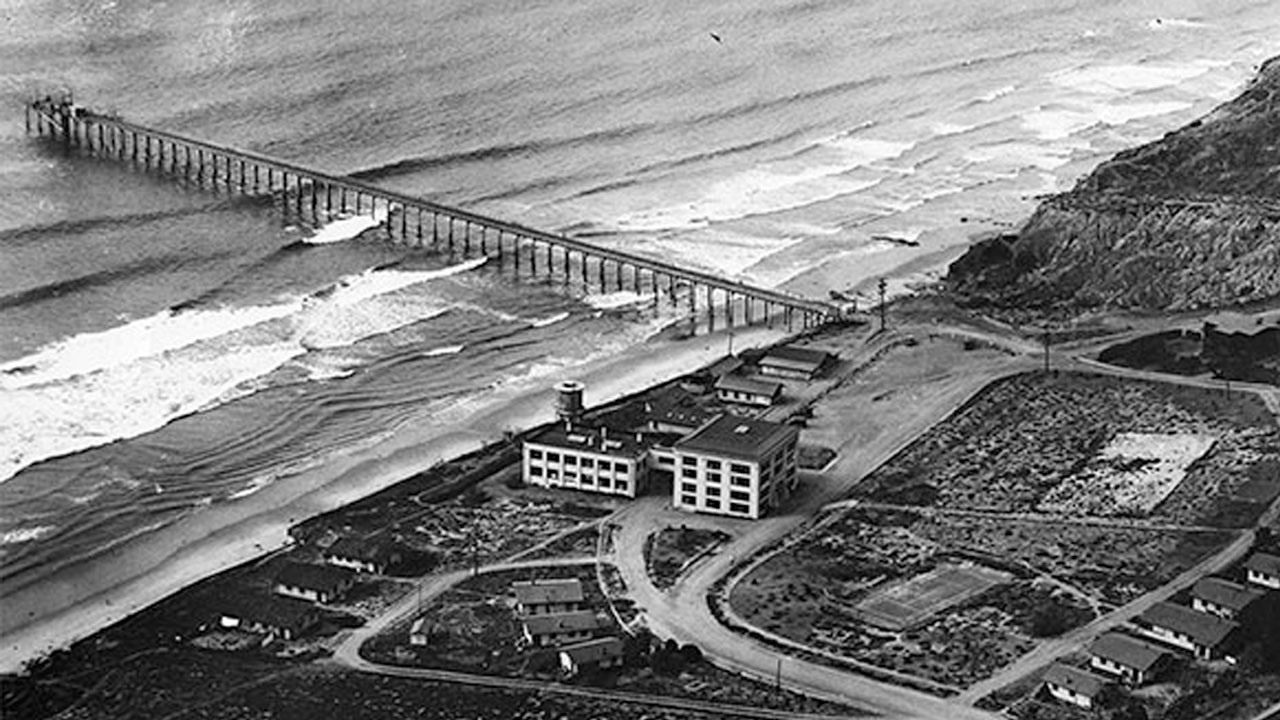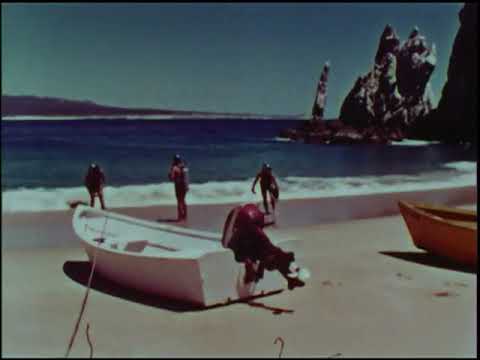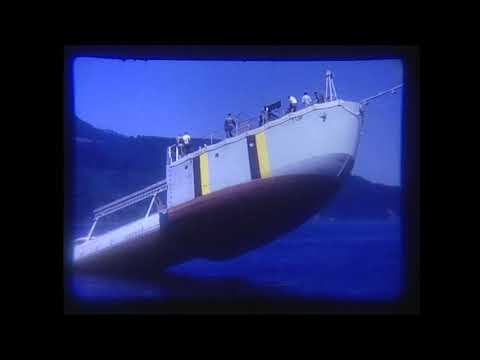Scripps
History
The story of Scripps Institution of Oceanography at UC San Diego began with a zoologist looking for a location on the California coast to establish a marine biology station and a local philanthropist with the drive to help him realize his vision.
THE BEGINNING
William Ritter joined the faculty of the University of California Berkeley in 1891. Fascinated by the vast unknowns of the oceans, he immediately set out to find a place where he could easily collect marine life specimens while leading summer classes. He finally settled on San Diego. He would write to the San Diego Chamber of Commerce at one point that “there can be no doubt that a laboratory capable of great things (for biological science) might be built at San Diego.”
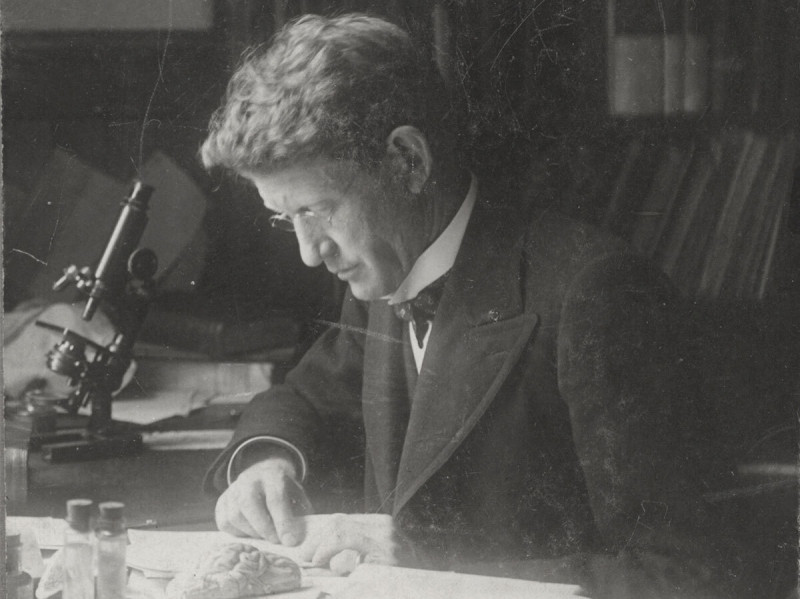
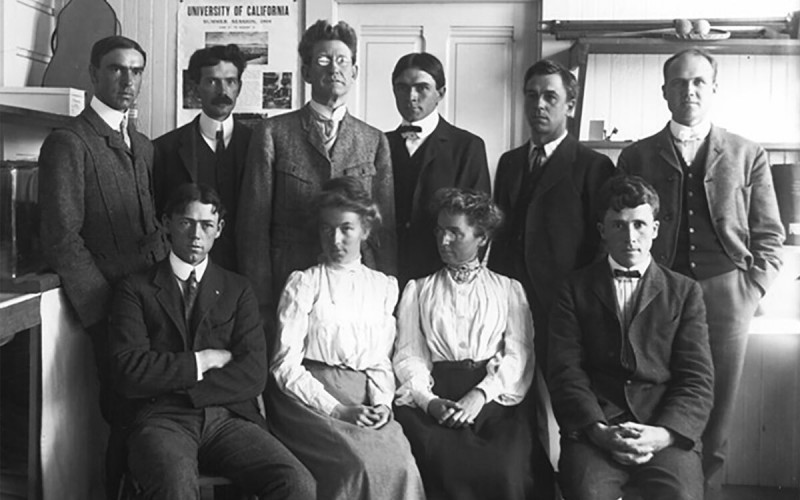
An enthusiastic group of townspeople had been determined to make Ritter’s decision an easy one. In 1903, they formed the Marine Biological Association of San Diego and named Ritter the scientific director. The association raised money for the construction of a small laboratory at La Jolla Cove and by 1907, La Jolla became the permanent location of the new biological station.
As much as Ritter, the philanthropist Ellen Browning Scripps and her brother, the newspaper magnate E.W. Scripps, were architects of the fledgling institution. She secured the 170-acre parcel on which Scripps Oceanography now stands, funded the construction of its first laboratory, its iconic pier, and Ritter’s residence, and bankrolled its early operating expenses. Scripps Oceanography is only one of several entities around Southern California including the Bishop’s School in La Jolla, Scripps Health and the Scripps Research Institute in San Diego, and Scripps College in Claremont, Calif that she helped establish with her support.
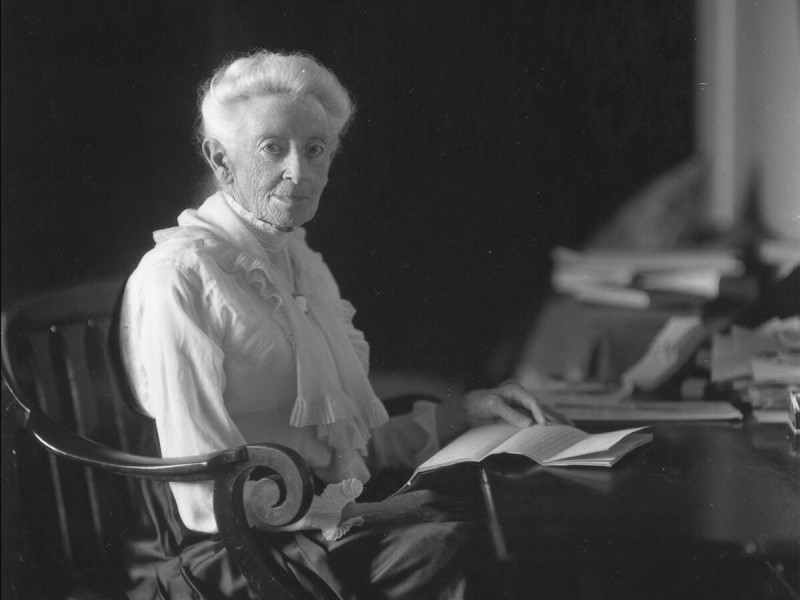
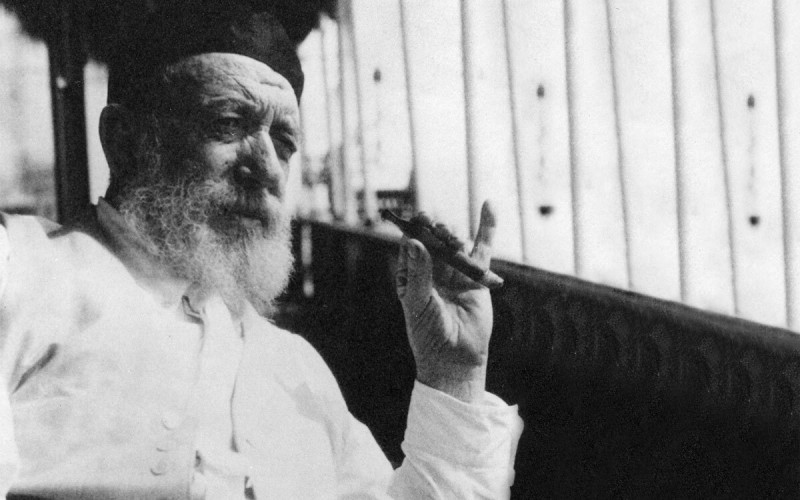
The Biological Colony
The staff and student body associated with the small biological station grew. In time came the biological association’s first vessel, R/V Alexander Agassiz, the George H. Scripps building, a cluster of bungalows used as faculty residences, and in 1912, a new name: the Scripps Institution for Biological Research.
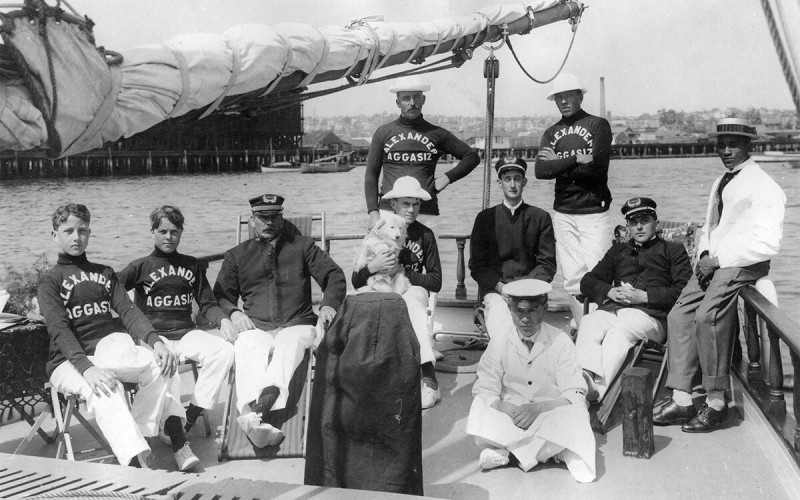
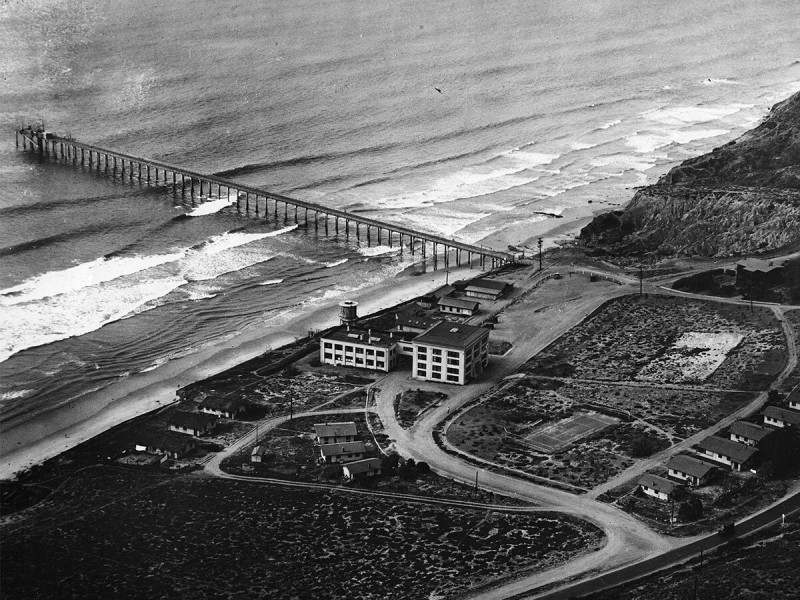
Ritter would stay on as the institution’s director until his retirement in 1923. By then, the first World War had taken place and the United States emerged from the experience realizing that it needed centers of research to study the oceans that separated the country from the rest of the world. Shortly after Scripps’ second director, the geologist T. Wayland Vaughan, arrived, the University of California renamed the biological station Scripps Institution of Oceanography to acknowledge the breadth of research taking place there.
Scripps Goes to War
Scripps Oceanography’s connection with the U.S. military began shortly after the first world war and its status as the first oceanographic center in the United States positioned it to take on a leadership role in the prelude to World War II. Scripps became a hub of the University of California Division of War Research in 1941. That center’s primary tasks focused on predicting surf and swells and giving U.S. submarines the advantage in undersea warfare.
It was in the early years of the war that Scripps Director Harald Sverdrup, who had replaced Vaughan in 1936, and student Walter Munk devised the first surf forecasts. The two would go on to teach prediction methods to military meteorologists, who used it to time Allied landings on beaches in North Africa and Europe, most notably the D-Day landing in Normandy.
The war years saw Scripps Oceanography produce another first: an oceanography textbook. “The Oceans,” authored by Sverdrup, Martin Johnson, and Richard Fleming of Scripps, contained information of such strategic value that the U.S. government restricted its distribution until after the war was over.
It was during this time period that the affiliation of Scripps changed. Until 1942, those who received their doctorates from Scripps were officially graduates of UC Berkeley. Afterward UCLA conferred degrees upon all new doctorate holders, including Munk, who received his in 1947. The affiliation with UCLA would remain until 1960 when UC San Diego came into existence with Scripps Oceanography as an academic department.
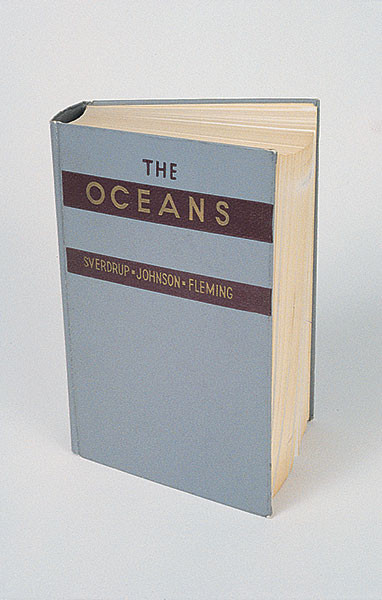
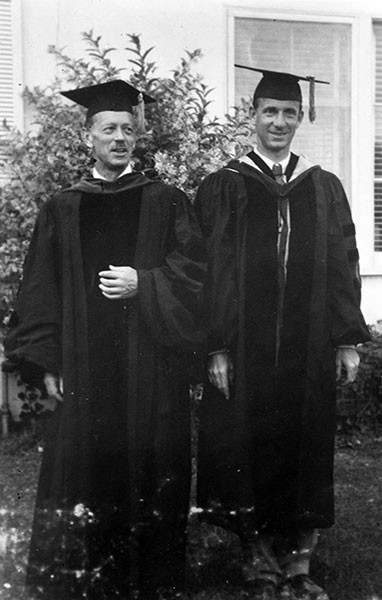
THE GOLDEN AGE OF EXPLORATION
The end of war meant a new mission for Scripps. Its relationship with the Navy and an abundance of no-longer-necessary ships gave the institution the means to build a fleet and support more seagoing operations. The institution’s focus changed from research with military applications to more fundamental understanding of the oceans funded primarily by the National Science Foundation. A former Scripps postdoctoral researcher, Roger Revelle, became director of the institution in 1950 and led Scripps through a period of remarkable discovery.
Scripps Historical Footage
It was during this postwar period that Scripps biologists developed methods for collecting fishes from unprecedented depths, geologists made the fundamental discoveries that led to plate tectonic theory, scientists made an attempt to drill a hole that reached Earth’s mantle, and one of the strangest research craft ever invented, FLIP, was built.
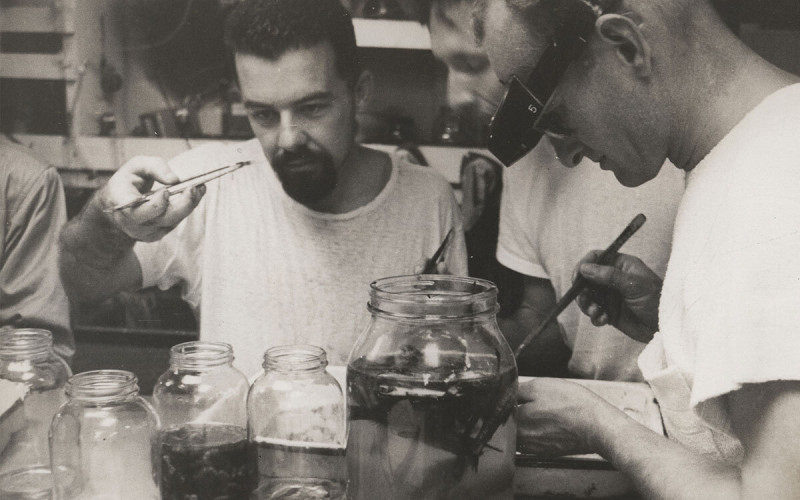
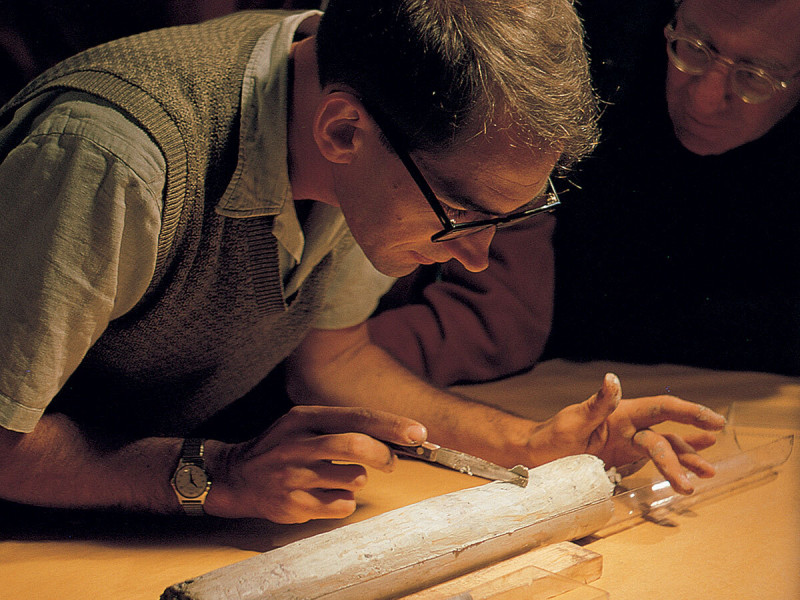
Also during this time, one of the world’s longest-running continuous marine observation programs began. The California Cooperative Fisheries Investigations (CalCOFI) program launched in 1949 to help the state understand the devastating collapse of the sardine fishery off the coast. Quarterly surveys of ocean biology, chemistry, and physics at a set of stations off California began that year and continue to this day. The California coast is considered the most thoroughly researched expanse of ocean in the world in large part because of CalCOFI.
DISCOVERING CLIMATE CHANGE
In 1957, Revelle and colleague Hans Suess made what would prove to be one of the most prophetic scientific statements in history. In a research paper, they said that “human beings are now carrying out a large scale geophysical experiment of a kind that could not have happened in the past nor be reproduced in the future” in reference to the use of fossil fuels for transportation and industry around the world. The effect of these human activities on nature, specifically on atmospheric chemistry, had been considered before, but with that utterance, Revelle helped usher in the modern era of climate change research.
Among Revelle’s recruits to the Scripps faculty around that time was Charles David Keeling. Keeling had devised a method for precisely measuring levels of carbon dioxide in air. He proposed to Revelle making a continuous measurement of carbon dioxide at a weather station at the top of Hawaii’s Mauna Loa. That record would go on to become known as the Keeling Curve, one of the most iconic representations of science in the world. Climate science became a larger part of the Scripps research portfolio and led to the creation of Climate Research Group at Scripps. Members of this group would go on to use both observations and computer models to reveal major patterns in nature, especially El Niño.
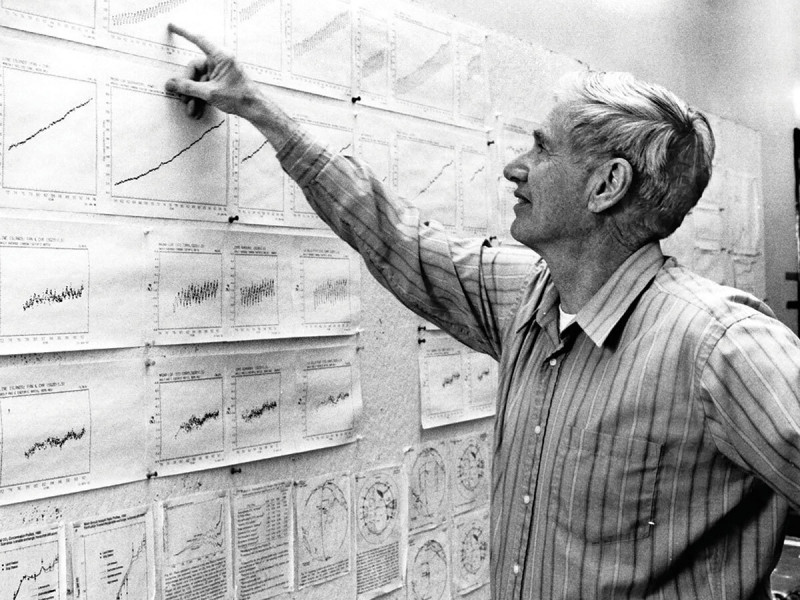
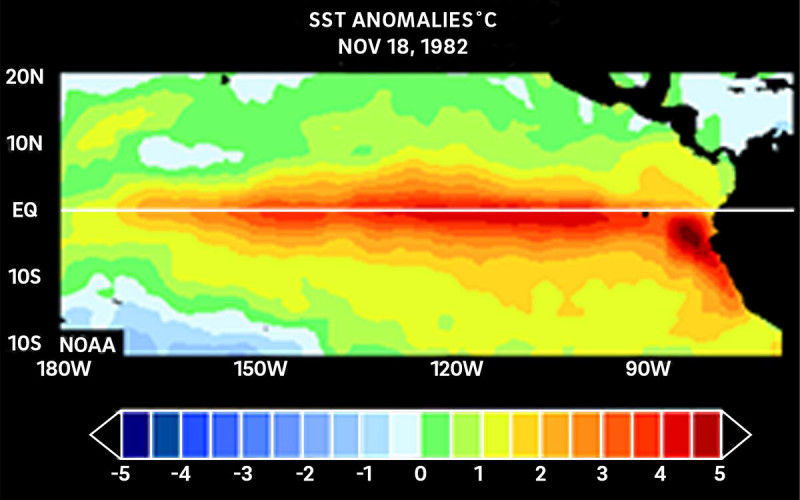
A NEW MISSION
Scripps Oceanography had helped sound the alarm that human activities were creating fundamental changes in nature. In its second century, the institution is dedicated to giving society the tools to understand and protect the planet. A major component of Scripps’ identity as a research institution is its prioritizing of long-term, continuous measurements.
The tradition continues today through programs like Argo, an international network of robotic floats that give scientists, for the first time in history, a way to see what is happening in all oceans simultaneously. The network, launched in 1997, is considered one of the biggest advances in the history of oceanography.
Present-day research at Scripps Oceanography investigates nearly every facet of the natural world from volcanoes to microbial aerosols in the sky.
